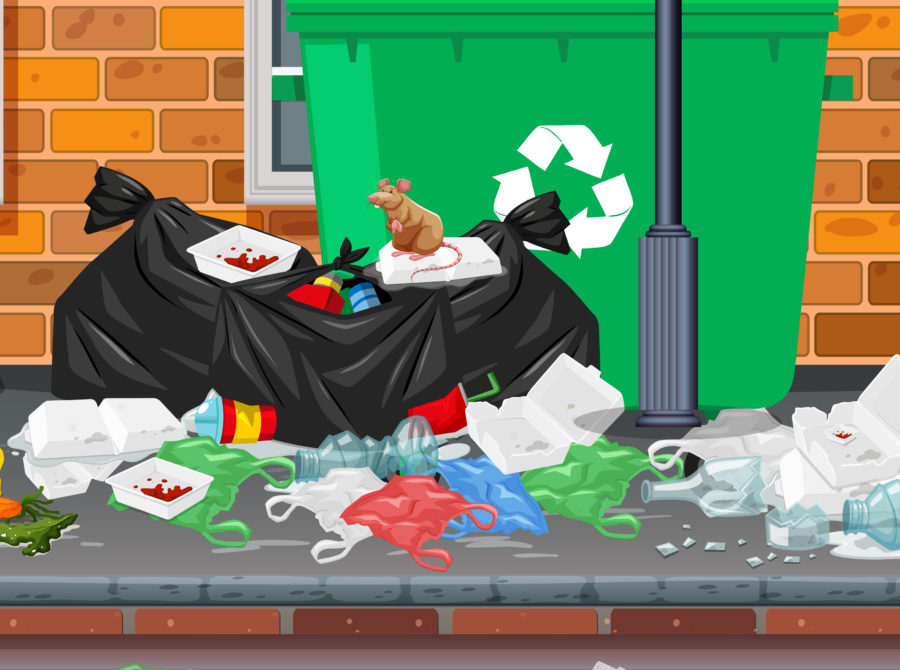
What is content sprawl and why it frustrates users.
What’s content sprawl?
Ever have a really messy dorm room, house, or bedroom? You know, the kind that looks like a piled-up, hilly garbage dump?
Unless you’re perfect, the answer is, “yes.” Also, unless you’re weird, no one ever says to themselves, “I’m going to really work to make this room really messy.” Yet it happens, little by little, with amazing ease. Most of us want a clean room, but with busy lives and lots of things to do, it’s tempting to cut corners on staying organized.
For instance, you’re getting dressed for an event. You COULD, hang up all the all the other outfits you tried on but didn’t choose. But it’s a lot easier to just leave them on the bed and worry about them later. The next day you leave store bags all over the room, ‘cause that’s easy, too. The next day, it’s towels on the floor. The next: shoes you don’t put away. It’s the same on the next day, and the next, and the next, until…
Okay, you made a mess. “So what? It’s my room you might say.”
It is fine. That is until you need to find something. Like your keys.
Suddenly your room, piled with junk is your enemy to being happy and satisfied (finding your keys). The clutter you’ve casually created has exponentially increased all the places where your keys could be lost. What’s more, the overwhelming options are likely to increase your frustration and time trying to find them.
We’ve all done it. Large organizations do it too. When they do it to their websites it’s called content sprawl.
Content sprawl is usually borne from lack of content governance.
What is governance? Content governance deals with the process and workflow around managing content to ensure it’s optimized for efficiency and effectiveness.
What does content governance help to resolve?
1. No coordination in the editorial approval of content.
Failure to provide an editorial focus around your content allows a wide and unpredictable swath of language and writing styles to be expressed by all the different content creators. Without an editorial focus, those styles may not sync with each other, much less be able to coalesce to create a singularity in achieving the organization’s desired brand or user experience goals.
2. No coordination of the publishing approval of content.
In this situation, anything can get published at any time by almost anyone. When large organizations with departments or groups that don’t coordinate, each often ends up creating content and publishing work that may contradict, overlap or duplicate the content of the other departments. This duplication vastly contributes to the bloat of site content.
3. No coordination over the review and removal of content.
The other factor that contributes to content bloat is when there is no standardized process for reviewing published content. Content, like produce, can get old, unappealing, and feels like it should be thrown out. When it doesn’t, you end up with a site with a lot of expired content nobody wants.
With no process or no one assigned to check if content is still timely or relevant to their users, bad and/or useless content adds up making your site more and more useless to users.
Avoid content sprawl by having processes in place.
Just like keeping your room clean, keeping content sprawl in check requires a plan or standard for how things are stored and the discipline to enforce it.
Do it. You and users will benefit.































